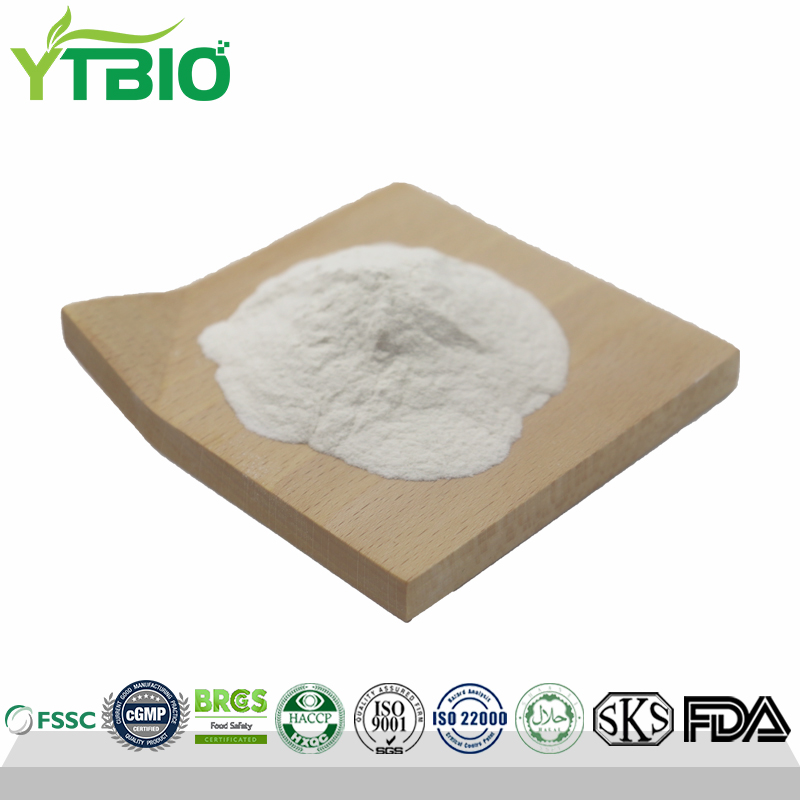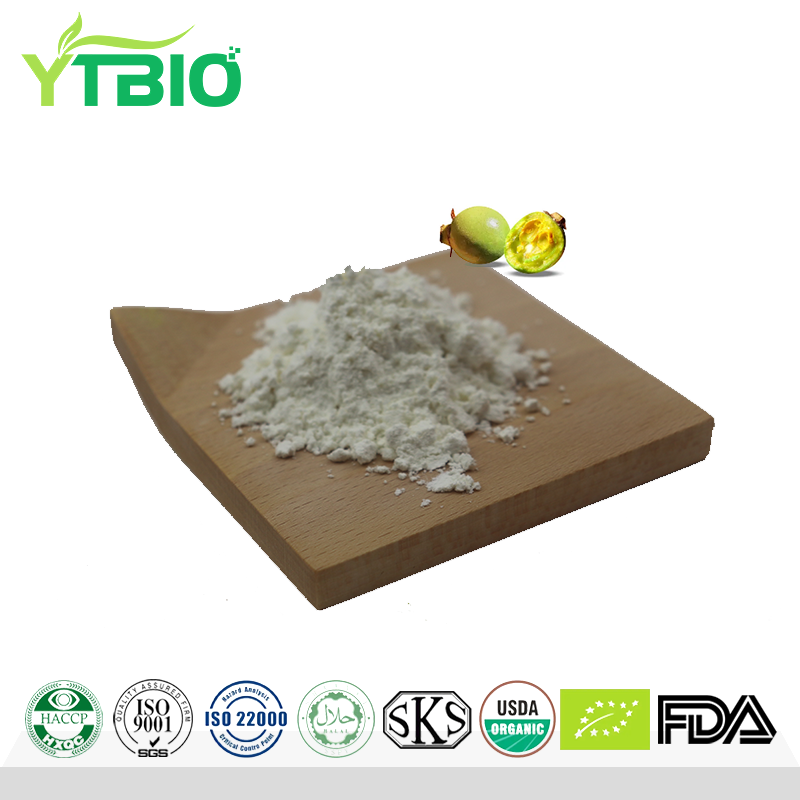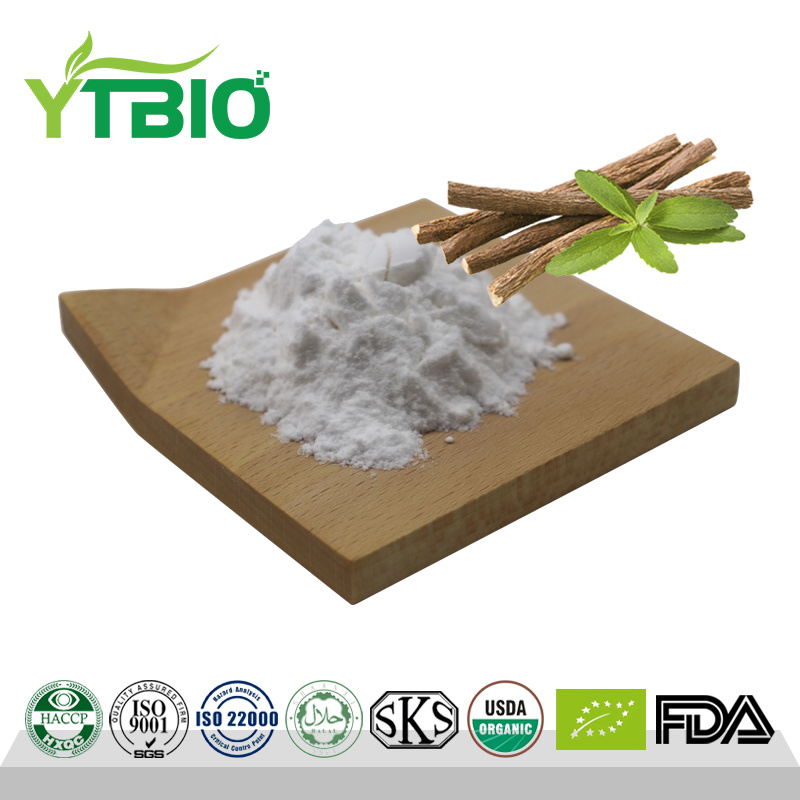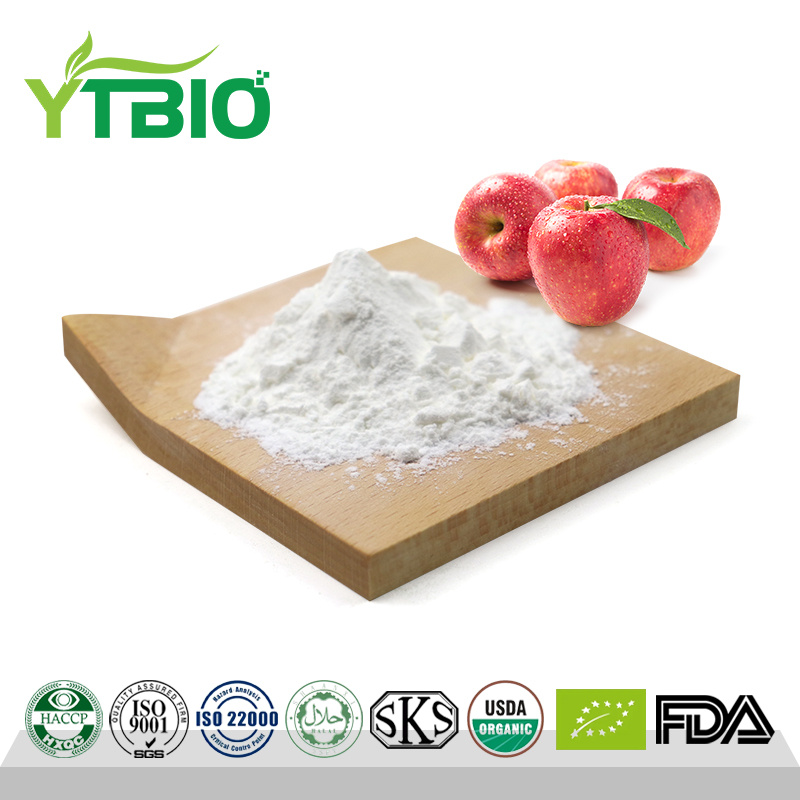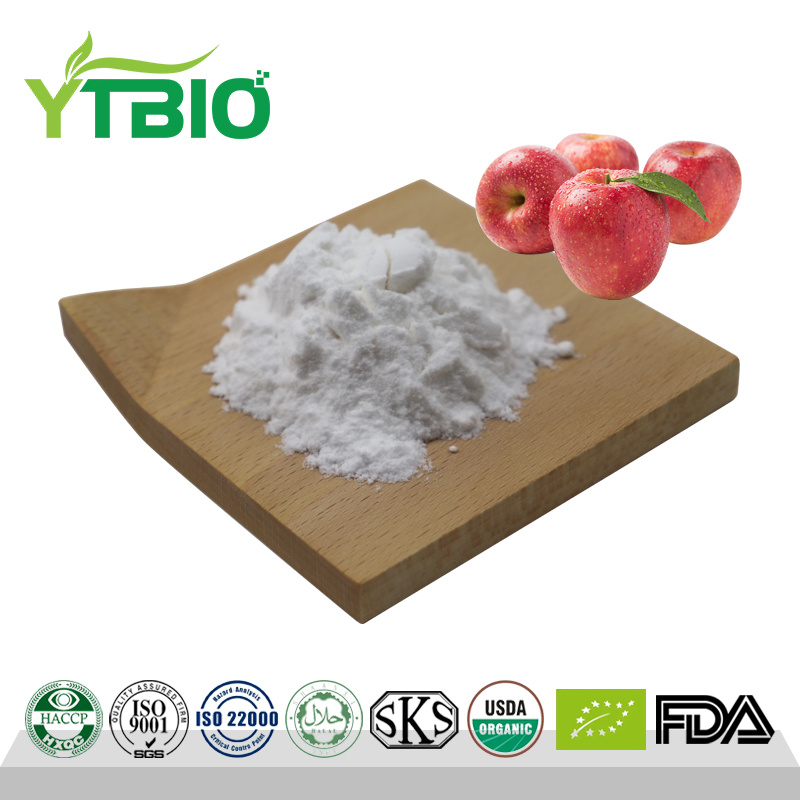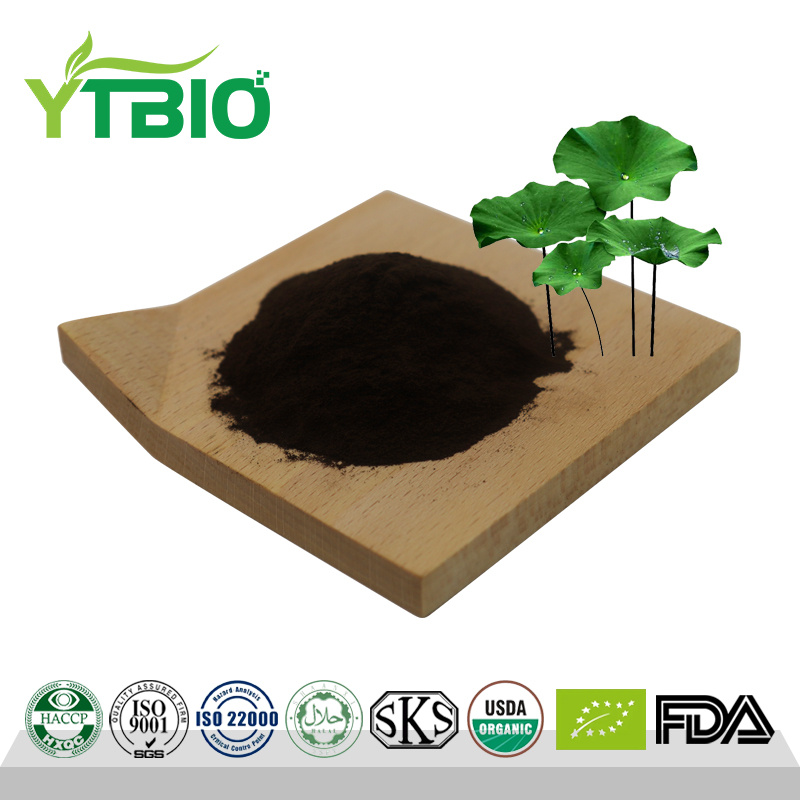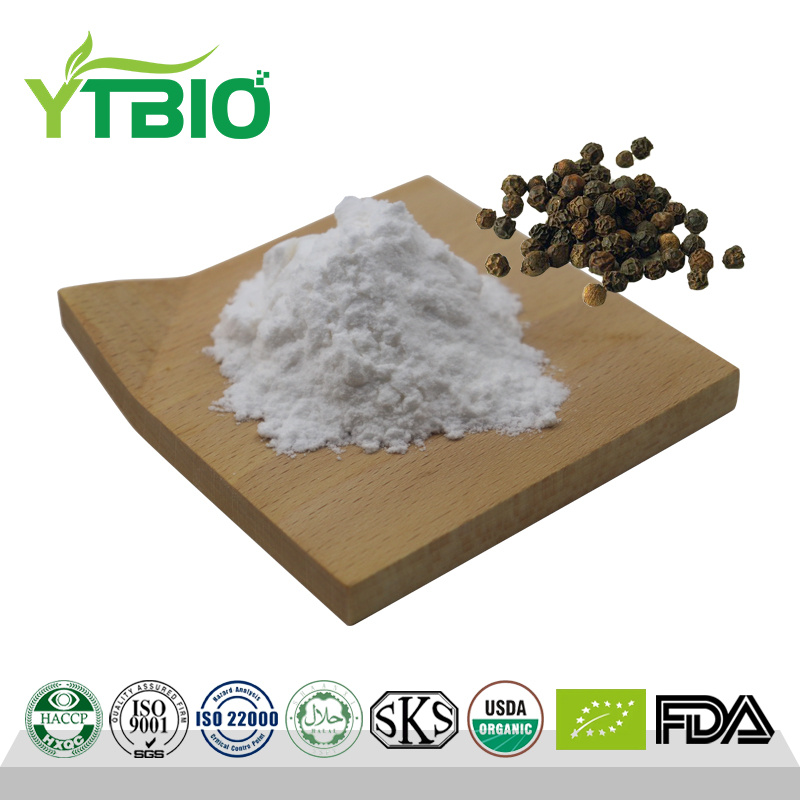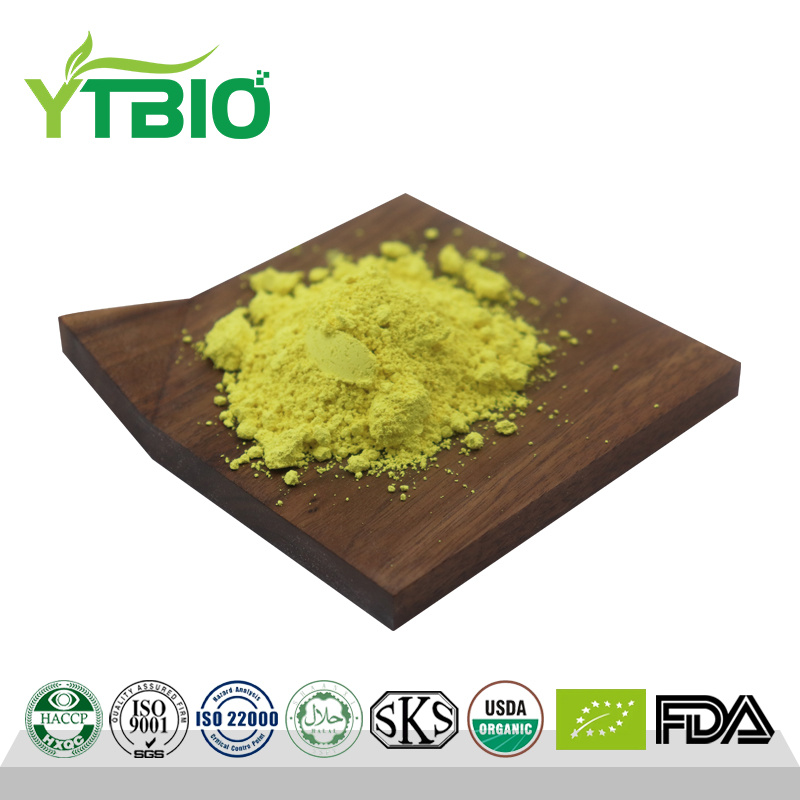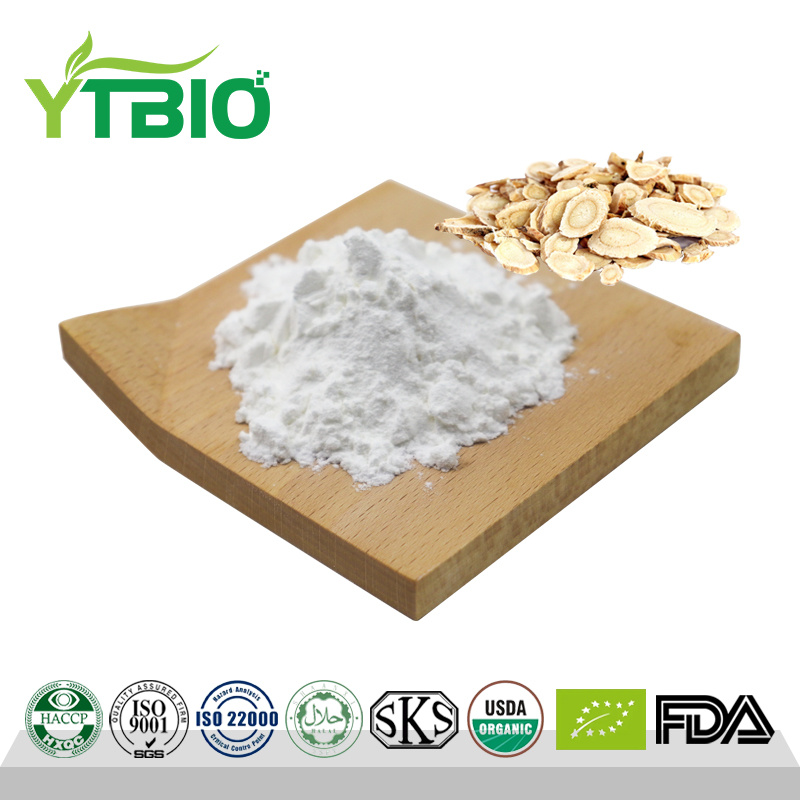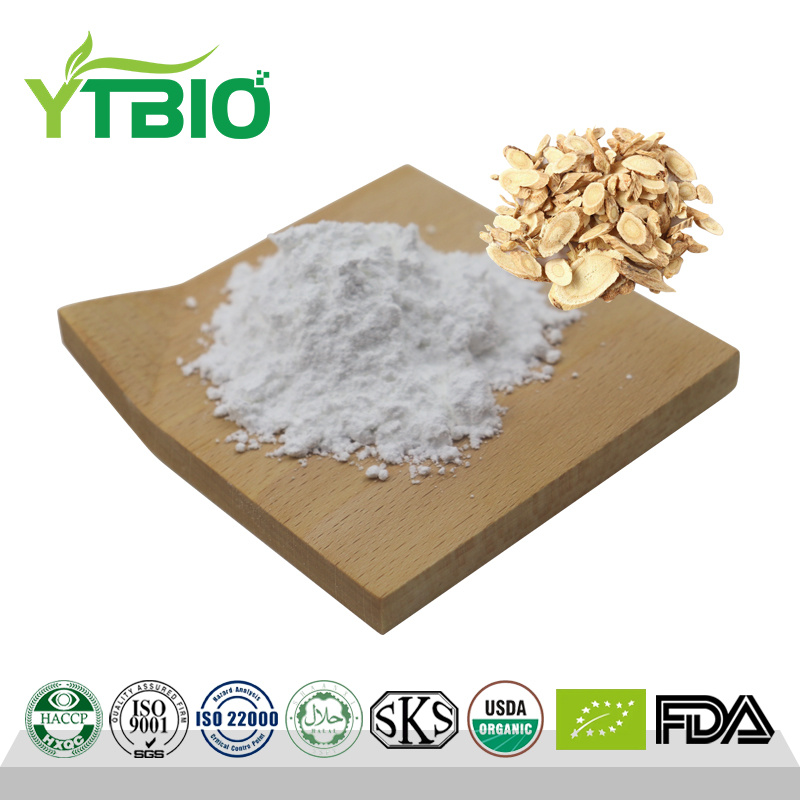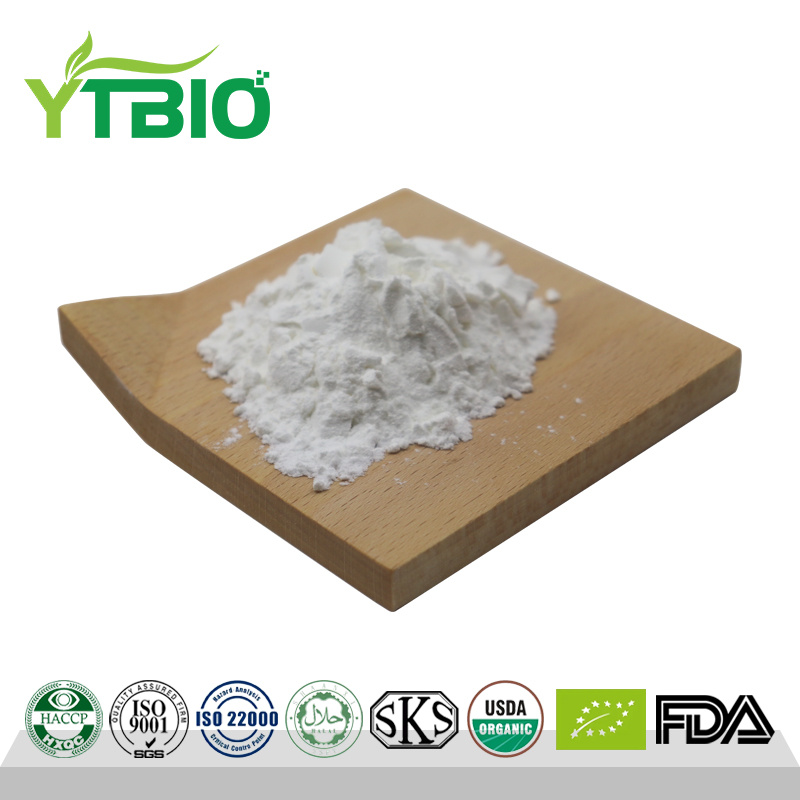CAS 27214-00-2 Calcium Glycerophosphate Powder
What is calcium glycerophosphate?
Calcium glycerophosphate is a white or slightly yellow crystalline powder belonging to the phosphate class of compounds. It not only possesses the common chemical properties of phosphates, such as forming stable salts with metal ions, but also has enhanced hydrophilicity and biocompatibility due to the glycerol group in its structure. These characteristics make it widely used in the food industry as a multifunctional additive, serving as a nutritional fortifier, stabilizer, and emulsifier. Additionally, calcium glycerophosphate is utilized in toothpaste, chewing gum, pharmaceuticals, and other fields, demonstrating its extensive applications.
Currently, domestically industrialized production of calcium glycerophosphate mainly includes two specifications: one with excellent solubility but lower calcium content, and another with higher calcium content but suboptimal solubility. Due to differences in production processes, different product specifications struggle to simultaneously meet the demands of multiple industries.
In terms of properties, calcium glycerophosphate is odorless or nearly odorless, has a slightly bitter taste, and is slightly hygroscopic in air. It loses its crystalline water at 130°C and decomposes above 170°C. Each gram of calcium glycerophosphate dissolves in approximately 50 mL of water at 25°C, with better solubility in cold water. Its aqueous solution is alkaline. It is insoluble in ethanol but dissolves in glycerol. Citric acid or lactic acid can improve its solubility in water, but it decomposes easily when heated. Due to its good solubility and biocompatibility, calcium glycerophosphate is commonly used as a calcium fortifier in foods such as bread, flour, noodles, and soy milk, with a typical usage of less than 1%.
Test Report
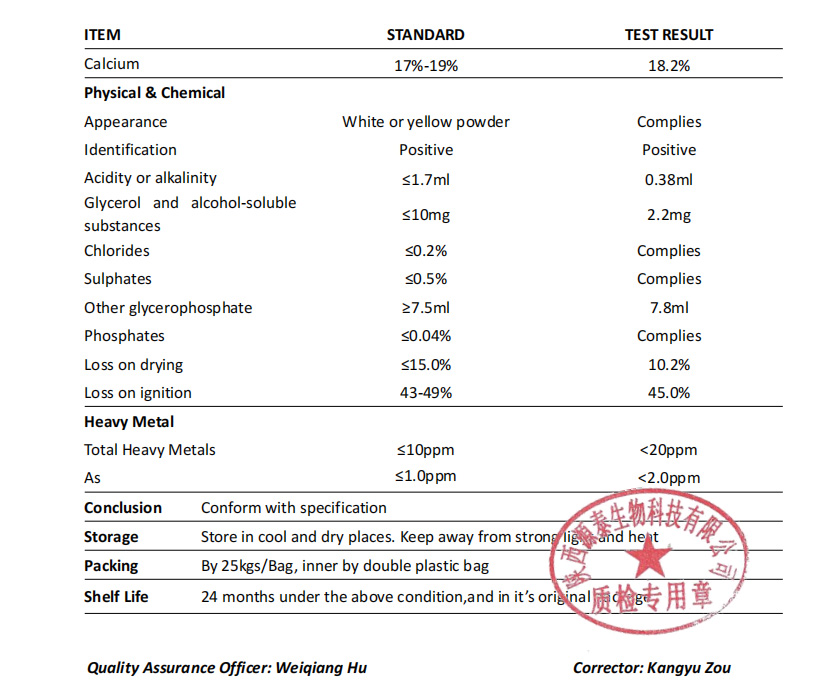
Functions and Applications
Calcium glycerophosphate has extensive applications in the pharmaceutical and food industries. In the pharmaceutical field, it is used to promote the calcification and formation of bones and teeth. In the food industry, it serves as a nutritional supplement, calcium fortifier, and stabilizer. Particularly in the toothpaste industry, calcium glycerophosphate is an important additive due to its high clarity, excellent solubility, and rapid dissolution rate. It not only has antibacterial and anti-caries properties but also increases the calcium and phosphorus content in tooth enamel, inhibits enamel demineralization, and promotes its remineralization. Additionally, calcium glycerophosphate can alter the pH balance of the enamel surface, enhancing its acid resistance.
Use in Toothpaste
Calcium glycerophosphate used as a toothpaste additive must meet specific quality requirements, such as a pH value of 1.7 ml/g and at most slight turbidity in clarity tests. A product with 80% calcium glycerophosphate content and sufficient clarity can be produced by neutralizing calcium hydroxide with glycerophosphoric acid ester, followed by ethanol extraction.
The key functions of calcium glycerophosphate in toothpaste include:
● Plaque control: Effectively inhibits the growth of oral bacteria.
● Dentin protection: Enhances the acid resistance of enamel, preventing demineralization.
● Impact on oral microbial balance: Helps maintain a healthy oral environment.
Furthermore, calcium glycerophosphate can improve fluoride absorption. For example, adding 0.1%–0.13% calcium glycerophosphate to toothpaste containing SMFP (sodium monofluorophosphate) can significantly increase enamel fluoride uptake, enhancing its resistance to demineralization.

Food Industry
As a multifunctional food additive, calcium glycerophosphate is widely used in flour-based products, beverages, dairy products, and baked goods, significantly improving the texture, color, and quality of food. Its primary functions include:
● Calcium fortifier: Enhances nutritional value by supplementing the body's calcium needs.
● Acidity regulator: Adjusts the pH of food, creating a milder taste.
● Stabilizer: Improves food stability, preventing separation, precipitation, and crystallization during processing and storage.
● Thickener: Increases food viscosity, providing a smoother texture.
● Humectant: Maintains food freshness and texture, extending shelf life.
Beyond its applications in conventional foods, calcium glycerophosphate can also be added to functional foods and health supplements to support physiological functions, such as promoting bone health and aiding tooth calcification. Its multifunctionality and excellent biocompatibility make it highly promising in the food and health product industries.
Usage limit
GB 14880-94: beverages 1.6~3.2; cereals and their products 1.6~3.2; infant food 3~6 (mg/kg, all calculated as calcium).


